Your baby’s immune system is not yet fully developed, and babies are more susceptible to infection and illness than an older child or adult. Cleanliness is therefore very important when preparing your baby’s bottles. Here are few tips on how to sterilize your baby bottle:
Cleaning bottles
Bottles, lids, teats and other equipment you use to prepare a feed should always be thoroughly cleaned after each use:
- As soon as possible after your baby finishes a feed, wash the bottle, teat and lid in hot soapy water.
- Use a bottle brush, and be sure to clean out any dried milk stuck inside the bottle and teat.
- Once it is clean, rinse the equipment with some fresh water and allow it to air dry.
This kind of cleaning is important for getting rid of all traces of milk or formula left inside the bottles, but it does not ensure that the feeding equipment is completely germ-free.
Sterilising bottles
Sterilising is the process of killing any harmful germs that may be clinging to surfaces of the bottles and other equipment.
It is important to sterilise baby bottles before each use, for at least the first 12 months of your baby’s life. This applies whether you are bottle feeding with infant formula or with expressed breast milk.
How to sterilise feeding equipment
There are a few different ways to sterilise your baby’s bottles, teats, lids and other feeding equipment.
Boiling
Boiling works by raising the temperature high enough to kill any bacteria left over after washing.
- Place clean bottles, teats, caps and utensils in a large saucepan on the back burner of the stove.
- Add enough water to cover all the equipment, making sure there are no air bubbles.
- Bring water to the boil, and boil rapidly for 5 minutes.
- Turn off the stove and allow the water to cool down.
- Wash your hands thoroughly before you handle the equipment, and disinfect the surface where you plan to make up the bottle.
- Take the equipment from the saucepan and shake off any excess water.
- If you are not using them straight away, put the lid and teat onto the bottle, and store in a clean container in the fridge.
- Re-boil the bottle and other equipment if it is not used within 24 hours.
Chemicals
Chemical sterilisers are disinfectant solutions that come as liquids or tablets that you dilute with water.
- Make sure bottles, teats, caps and utensils are thoroughly clean before you begin.
- Read and follow the manufacturer’s instructions for making up the sterilising solution.
- Place the feeding equipment in the sterilising solution, making sure it is completely under water and there are no air bubbles.
- Leave the equipment in the sterilising solution for the recommended amount of time (usually about 30 minutes – check the manufacturer’s instructions).
- You can then leave the equipment in the solution until you need to use it.
- Allow bottles, teats and lids to drain before you use them – don’t rinse off the sterilising solution, as this exposes equipment to germs again.
- Throw away the solution after 24 hours. Clean the sterilising container thoroughly in warm, soapy water, before making up a fresh lot of solution.
Steam (microwave or electric sterilisers)
Much like boiling, steaming works by raising the temperature high enough to kill bacteria.
- There are several different types of sterilisers available – follow the instructions provided by the manufacturer.
- Make sure bottles, teats, caps and utensils are thoroughly clean before you begin.
- Make sure that bottles and teats are placed with openings facing down in the steriliser.
- Follow instructions for adding water to the unit and turning it on.
- Leave bottles in the steriliser until they are needed.
- If you are not using the bottles straight away, check instructions for how long you can leave them in the steriliser before you have to re-sterilise them.
Sources: National Health and Medical Research Council (Infant Feeding Guidelines). Opens in a new window.NHS Choices (UK) (Making up infant formula, Sterilising baby bottles). Opens in a new window.Raising Children Network (Bottle feeding: cleaning and sterilising equipment)





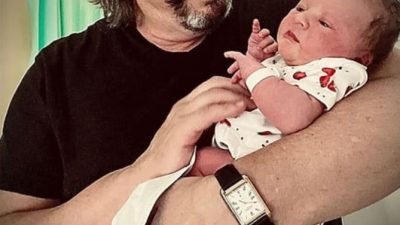












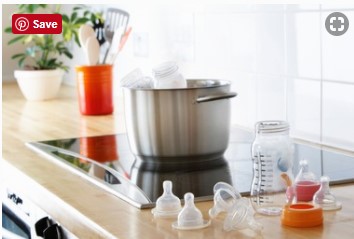







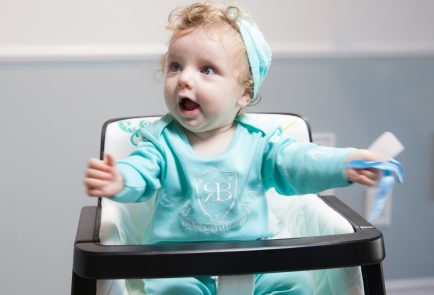

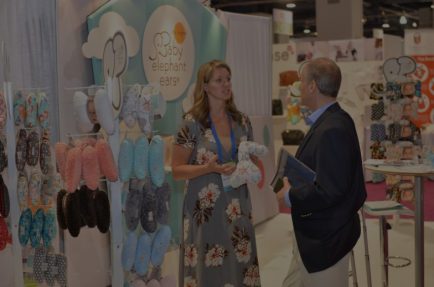

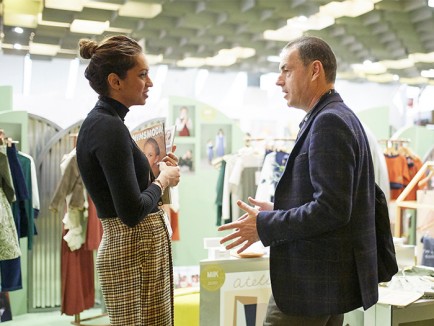
Comments